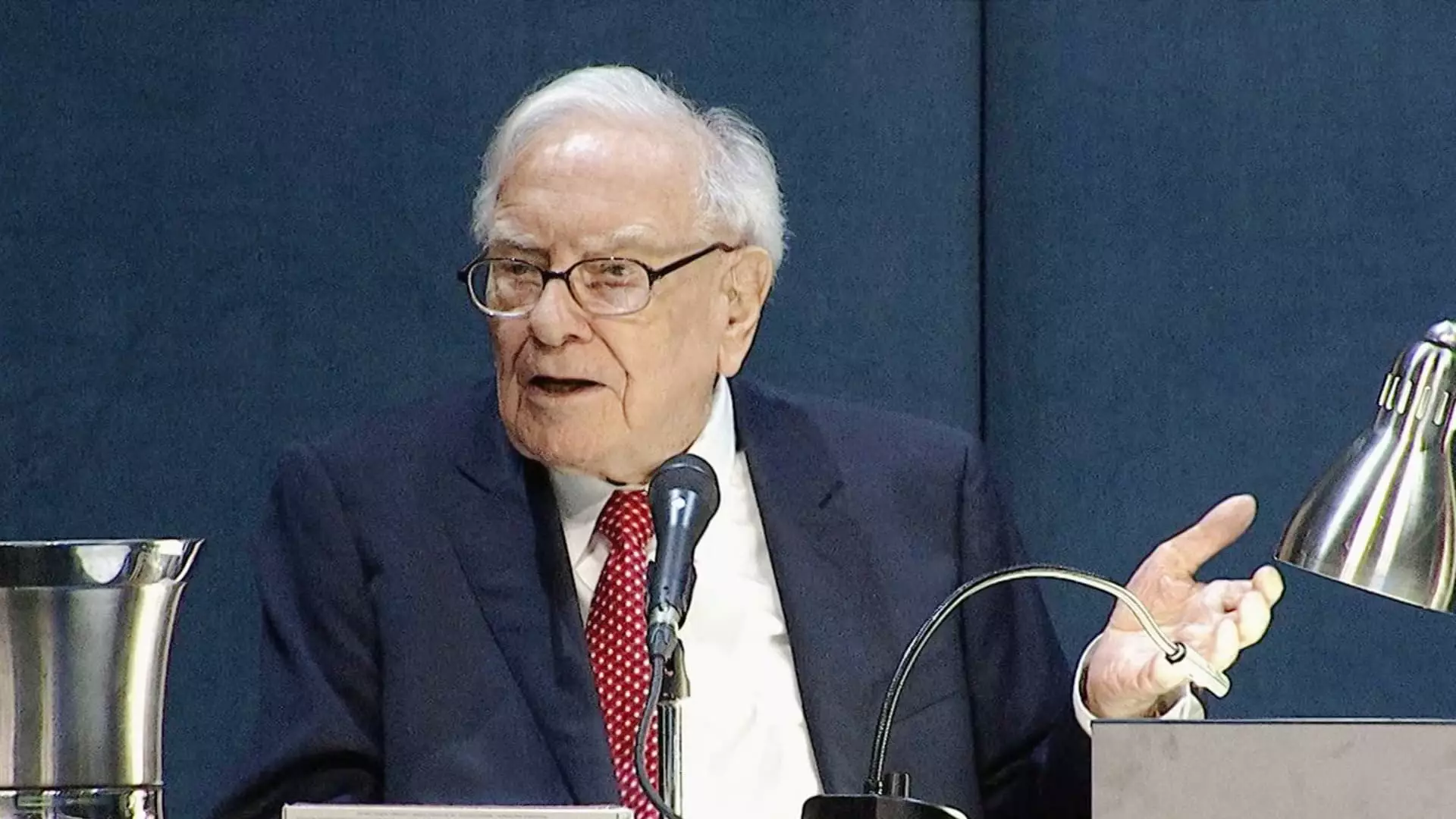Warren Buffett’s Market Moves: A Cautionary Tale of Competitive Advantage and Investment Strategy

Warren Buffett, often referred to as the “Oracle of Omaha,” is synonymous with long-term investing. His method of buy-and-hold has cemented his reputation, yet the mere act of selling a stock can send shockwaves through the financial markets. Investors tend to interpret his divestments as harbingers of declining fortunes, not just for individual companies but also for entire sectors. This article explores Buffett’s selling behavior, particularly his recent pullback from Bank of America, and examines the implications for investors in similar high-stakes arenas.
Buffett’s investment approach is built on the conviction that a well-selected stock can be held indefinitely. During Berkshire Hathaway’s annual meeting in 2009, he famously remarked, “We’re more reluctant to sell them than most people,” emphasizing his preference for stability over short-term gains. This philosophy hinges on the presence of a strong competitive advantage—a critical element that, when diminished, may compel Buffett to reevaluate a stock’s viability. This wariness stems from the belief that businesses with robust competitive edges can endure economic fluctuations.
Buffett’s historical reluctance to sell is documented; his stocks often remain in his portfolio for decades. He famously began investing in Coca-Cola in 1988 and American Express in 1991 and has held onto these stakes through market ups and downs. However, such long-term commitments also make divestitures, when they occur, all the more significant.
One of the most striking instances of Buffett’s recent selling behavior occurred with Bank of America (BofA). In the summer of 2023, he offloaded around $9 billion worth of BofA shares. This move raised eyebrows in the investment community and hinted at deeper strategic shifts. Buffett’s previous investments in BofA dates back to the aftermath of the 2008 financial crisis, where he committed $5 billion in preferred stock to rescue the bank facing subprime mortgage-related losses. At that time, he emerged as BofA’s largest shareholder, cultivating a relationship with CEO Brian Moynihan that seemed, for many years, mutually beneficial.
Despite Berkshire’s continued stake of over 10% in BofA, this recent reduction simultaneously coincided with Buffett’s pattern of selling off other notable banking stocks such as JPMorgan and Wells Fargo. This raises critical questions about his outlook on the banking sector as a whole and whether he believes these institutions have lost their competitive edge.
Buffett has often expressed cautious sentiments regarding the banking industry, particularly in light of disruptive forces transforming traditional finance in the digital era. Registering concerns over the state of banking, he commented in 2023 about the deteriorated public trust, especially following the collapses of prominent banks like Silicon Valley Bank and First Republic. Such events have not only rocked investor confidence but also exposed vulnerabilities in the banking framework, particularly regarding consumer behavior and the so-called “stickiness” of deposits.
Moreover, this environment—augmented by technological advancements and rising fintech disruptors—has made traditional banking less predictable. As Buffett noted, the dynamics that governed consumer confidence in banking have shifted significantly since the past crisis, suggesting that what was once stable may now carry greater risk.
The concerns Buffett articulated surrounding competitive advantage and public sentiment carry significant implications for investors. Many stocks, especially in the financial sector, once viewed as stalwarts may now warrant cautious appraisal. The market is innately influenced by perceptions, and Buffett’s actions suggest a turning tide that investors cannot afford to overlook. The digital revolution has altered the landscape irreparably; therefore, stakeholders must scrutinize traditional metrics of success, recognizing that the competitive advantage a company held may no longer be valid.
Moreover, Buffett’s increasingly selective stance on banking investments showcases the inherent uncertainties accompanying the industry. For active investors, this could indicate the necessity of reassessing not only specific holdings but also broader sector allocations. Maintaining an agile investment strategy may be paramount in navigating these turbulent waters.
Buffett’s recent selling activity, particularly concerning Bank of America, is not merely an isolated decision but rather a reflection of broader economic realities and changing competitive landscapes. As the “Sage of Omaha” delves back into cautious territory, so too must investors consider the implications of competitive vulnerabilities on their portfolios. The wisdom gleaned from Buffett’s actions emphasizes that even the most trusted investors must remain vigilant and adaptable in the face of evolving market paradigms.





